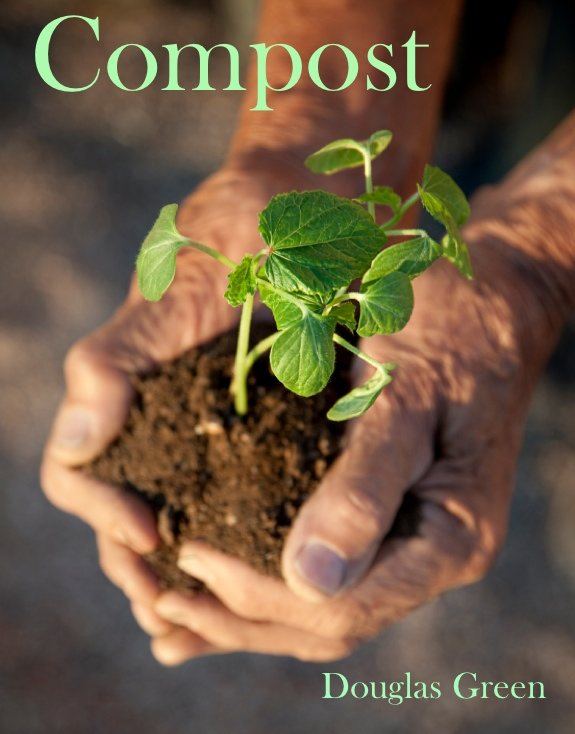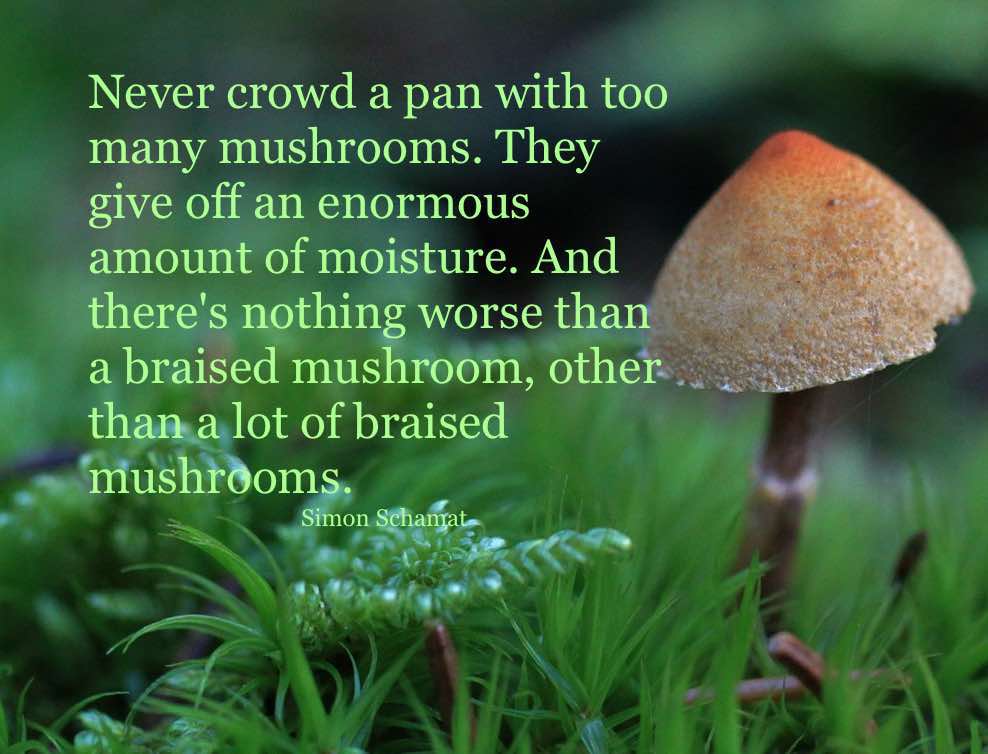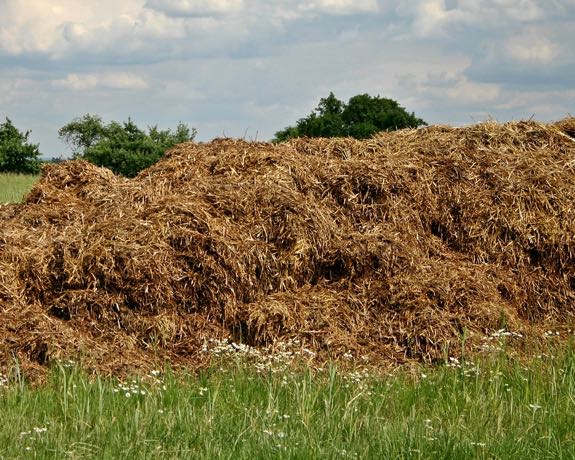And here is someone elses opinion of mushroom compost. Take what you want and leave the rest. I think he is concerned about using it as a general amendment to soil. But what we would be looking for is the fungal spores to activate and soup up our AACT's for flowering mode. So I am a little confused about the chemical thing and if it is really safe to use mushroom compost or not.. Arrrggghhhhhh
Why I Don't Recommend Mushroom Compost
Mushroom compost is, in my opinion, one of the most over-hyped gardening products on garden shop shelves. Let us examine the data.
How Are Mushrooms Grown
They're grown on compost made specifically for this purpose. This compost is made by mushroom producers from material such as hay, straw, corn cobs, poultry and horse manure – or any combination of organic material that is 1) inexpensive and 2) readily available.
Mushroom facilities do try to create a consistent compost so their production will be standardized.
The compost is made in large piles on concrete pads and when done, is loaded into dark buildings and mushroom spawn is sown.
The heat of the composting will kill off most weed seeds and other problems if it is done properly.
The mushroom crop is grown and normally 3 harvests are taken.
The spent compost is then removed, the buildings cleaned and sterilized and the process begun anew with the next batch of compost.
So – what are we left with.
9
What Are We Left With Afterwards
This is essentially organic matter
Research into using this material as a substitute for peat moss or other organic material in commercial nursery production systems have had to use a regular feeding system because the nutrient levels are too low to produce a crop.
If you purchase this material, you are not getting a nutrient level high enough to grow a good crop of plants.
There is also a high salt level in most spent mushroom compost that has to be leached out before the crop is planted.
General analysis of nutrient levels are (N=0.7% , P= 0.3% , K= 0.3% ) which is to say – negligible.
By contrast, bagged manure sold in most garden shops is N=1%, P=1%, K=1% (bagged manure has approximately 3X more nutrients than this compost)
You will not get a major nutrient benefit mushroom compost.
Chemical Residues
Mushroom farmers have major problems with flies and fungus gnats in their growing facilities and are licensed to spray regularly with such products as methoprene, cyromazine and diflubenzuron, Dimlin and Diazanon.
There are also fungal infections that can wipe out a mushroom crop and require control by such chemicals as benomyl, thiabendazole and chlorothalonil.
Naturally, if treated with any chemicals or having used any kind of artificial nutrient to create a composting action, mushroom compost will not qualify for use on certified organic farms. Some of these chemicals are what is termed "persistent" in that they do not break down quickly or under microbial action.
9
Compost pile in rows
Cost
Every time I see this stuff for sale, it is sold at very high prices (often for fund raising ventures). Compared to the cost of a bale of peat moss or a bale of straw, spent mushroom compost is extremely expensive. This compost is not cost effective .
As with many things, readers have written to say mushroom compost is not expensive in their neighborhood. It's a big world out there and I simply suggest you compare the cubic foot cost versus other organic matter.
I regularly get letters
I routinely get letters from mushroom producers saying "yes but"
Yes but - I know gardeners who use my compost and get great results
Yes but - I don't use chemicals (or not many)
Yes but - you need to update your understanding of modern mushroom growing.
But not one of them can disagree with the chemical registrations and the fact that they are used in the majority of commercially produced mushrooms.
So yes, if you want to garden expensively and don't care about possible chemicals in your garden - you can use mushroom compost.
Apply a lot of it and you'll probably get a good looking but expensive crop of plants. The vegetables won't be organic but as long as you don't eat the flowers, they'll look good.
Let me simply say this - if a mushroom producer is certified organic and is selling mushroom compost as certified organic - then I'd consider using it in specific situations if I required compost.
Without that certification, then my original message is the same. I assume it has chemicals, fungicides that will disrupt my soil ecology, and is expensive organic matter when compared to other organic sources. As for the fertilizer value of this product, it isn't close to other organic products in cost-value.
So nope, don't recommend it.
 What Do I Use Instead
What Do I Use Instead
I use compost made from my garden or composted manure from nearby farms. But most of you don't live near farms so you'll either have to make your own or use composted manure from local retailers.
For organic matter, I'm using old hay or purchased bales of straw as mulch in the vegetable garden. The ornamental gardens have wood chips we pick up at our municipal recycling area.








